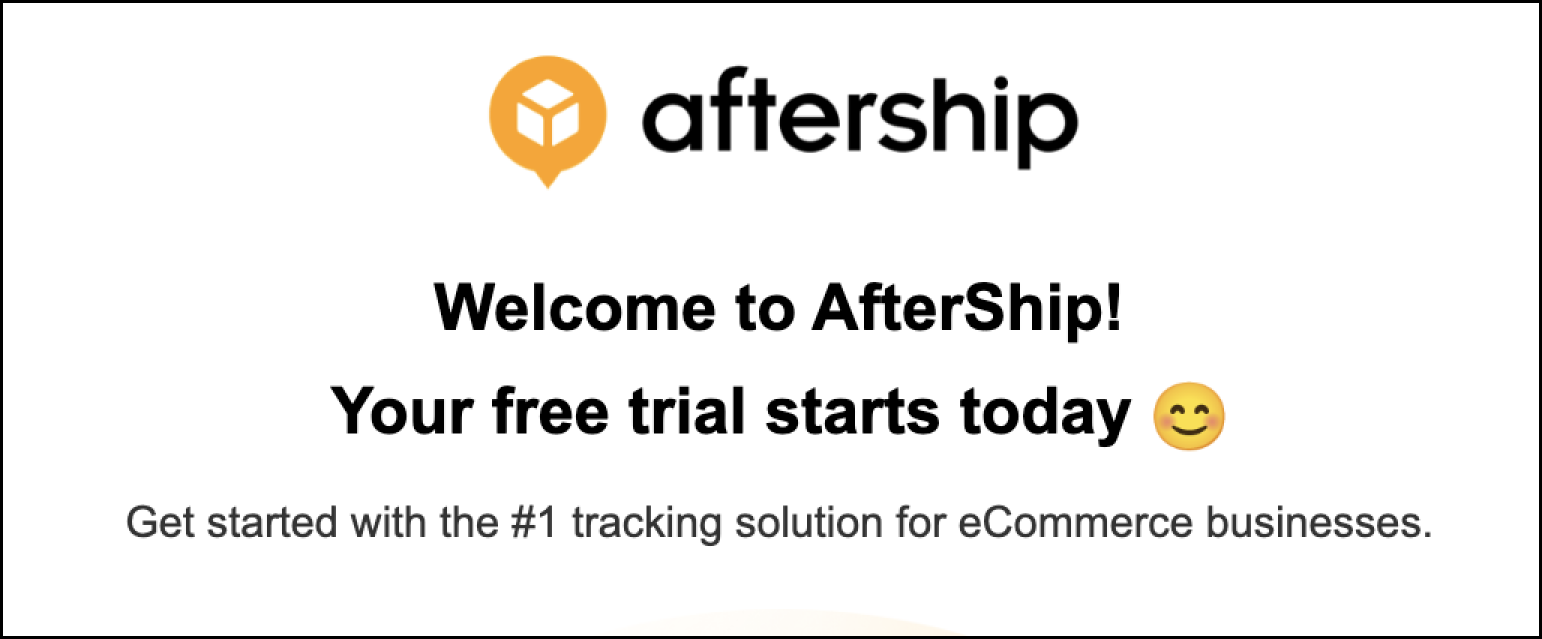SaaS 102 #16 The SaaS Psychology - Sunk Costs

When I travel, I’ll often visit shops that sell specialty local items. Usually, I’ll just pick up what I want to buy and go straight to the payment counter.
But before I pay, I’ll always ask the shop assistant a question: “Are there discounts on any of these items?”
Usually, the shop assistant tells me there’s no discount, and I just go ahead and pay the full amount.
But I have a friend who somehow often gets discounts when he travels. He can usually get discounts at the same kind of local specialty store that I go to.
I was really curious why he could get a discount when I couldn’t. So as soon as I could, I asked him for a few tips:
“Why is it that when I go to local specialty stores, I don’t get a discount, but you often get a discount?”
My friend chuckled, and then let me in on some of the techniques he uses to get discounts:
- No matter how much he wants to buy an item, he won’t show any sign that he wants to buy the item when he enters the shop.
- Even if he already knows a lot about the item he wants to buy, he will still spend time talking with the shop staff, and ask them what’s special about the item. He will let the shop assistant spend time and energy on selling the item to him.
Behind both of these tactics, there’s actually some psychological game theory:
If you go into a shop and pick an item out yourself, and don’t let the shop assistants spend time helping you or answering your queries, the shop assistants won’t be concerned whether you buy or not.
After all, the shop assistants haven’t invested any costs in terms of time and energy by talking to you. Whether you buy or not, they won’t feel like they’ve lost anything.
As the shop assistants won’t mind whether you buy or not, they naturally won’t have any motivation to persuade you to buy by giving you a discount.
The shop assistant is likely to be much more worried about you not buying an item if you do the following:
- Give away no sign of whether you want to buy or not when you enter the shop.
- Let the shop assistant spend half an hour of their time, and expend lots of effort, on selling the item to you.
- When it’s time to pay, suggest that you might not buy the item because the price is too high.
If you follow all the steps above, the shop assistant will have a very different perspective on you not buying the item.
From the shop assistant’s point of view, if you don’t buy the item, the half an hour they spent selling to you will have been lost with no return.
In order to avoid the costs they have already invested being wasted, the shop assistant will be willing to, as far as possible, offer discounts to avoid losing the sale.
This is actually an application of an important concept in behavioral economics, called the sunk cost effect.
Sunk costs refers to costs which have already been spent and cannot be recovered.
Sunk cost effect refers to the effect by which time, money, or other resources that have already been spent affect later decisions.
To put it another way, often people will make purchases not based only on value to be gained in the future, but also based on costs which have already been spent in the past.
And the story I told above illustrates a powerful aspect of sunk costs:
By letting the other party invest resources on you, you can increase your bargaining chips once you reach the negotiation stage. The more resources the other party has spent on you, the more sunk costs they have, the harder it will be for them to give up on a deal.
How can we apply sunk costs to SaaS?
Now that we understand how powerful sunk costs can be, we can now look at how we can apply sunk costs to SaaS.
Let’s suppose you are creating a SaaS tool for online illustration. Your goal is to convert as many visitors to your website as possible into users of your SaaS tool. Once visitors become users, your goal is to convert them into paying customers.
What methods should you use in order to achieve these goals?
Method one:
Redirect all your website visitors to a registration page. Let your website users register and become users. Once they’ve registered, prompt them to make a payment, telling them they need to complete payment in order to use the tool.
If you use method one, for every 100 people who visit your website, perhaps 10 people will register. Out of the 10 people who register, perhaps only 20% (or two people) will be willing to pay to use your product. So if you have 100 visitors to your website, only two of those visitors will be converted into paying customers.
Method two:
When a person visits your site, let them use your tool to create illustrations directly. Once they’ve created an illustration and want to download it, prompt them to register and make a payment before they can download.
If a person has already visited your website and can see how your SaaS illustration tool works, what features it has, and how to start using it, then out of 100 visitors, perhaps 90 people will use your illustration tool.
Once they’ve already spent half an hour or so creating an illustration, most people will register if prompted to do so when they try to save and download the illustration. In that scenario, perhaps around 80% of people will register.
As the person has already spent about 30 minutes illustrating on your website, they have no reason to lose the work they have already done because of a three-minute registration process.
If 80% of the 90 people who decide to use your illustration tool register, then by this point you will have 72 newly registered users.
If, as with method one, only 20% of people want to become paying customers when prompted after registration, then, if 72 people have registered, you’ll still end up with 14 paying customers.
That means method two helps you convert 14 out of 100 website visitors into paying customers. The conversion rate for method two is seven times the conversion rate for method one!
This is how the sunk cost effect can be applied to SaaS, with powerful results.
How can we apply sunk costs to our company’s products?
We can take the same principles described above and apply them to different products.
One example of how we’ve done this is by offering a seven-day free trial for our AfterShip product. The screenshot below is an example of the email we send out to users after they sign up for a free trial.

The user doesn’t need to link their bank card or complete payment to get started. They can just use AfterShip for seven days. After seven days, we will prompt them for payment.
So why don’t we require payment from the user on the first day they use AfterShip?
Because at this point they haven’t fully had the opportunity to appreciate the value our product provides. They also haven’t spent enough time using AfterShip, so they don’t yet have enough sunk costs in terms of time spent using the product.
That’s why sometimes we wonder whether it might be better to give a 14-day free trial. As long as the individual or company uses AfterShip throughout the trial period, then the longer we make the trial period, the more sunk costs they will have by the end of it.
Under the prerequisite that our product is good enough and simple enough to use, we can give the user some time for a free trial, prompt them to use our product more, and even get them to import some of their data. By doing all this, the user is increasing their sunk costs.
When the free trial period has ended, and we prompt the user to make a payment, the user will be more willing to become a paying customer. This is because, by this point, they will be influenced not just by the value our product will bring them in the future, but by the costs they have already invested into it.
Summary
Sunk costs means costs that have already been spent and cannot be recovered.
When making transactions, a lot of the time people don’t make a purchase only considering the future value the purchase will bring. They are also influenced by costs they have already invested.
For SaaS products, sunk costs can also be used to increase conversion rates.
First, we aim to increase the amount of sunk costs which the user invests into our product. Only once the user has invested resources into our product do we require registration or payment.
To make successful SaaS products, a lot of the time we don’t only need to understand the business logic behind SaaS products, we also need to understand the psychological mindset that our customers are in when they use our products.
To have a shot at success, a product needs to understand its customers and win their hearts as well as provide them with value.
About Author:
Teddy Chan is a serial entrepreneur with 20+ years of experience in SaaS and eCommerce. His latest venture is AfterShip, a SaaS post-purchase experience platform that empowers eCommerce retailers like Amazon, eBay, and Gymshark to improve their customer experience, drive sales, and increase brand loyalty.
SaaS 102 is a series of articles where I share my thoughts and experience with SaaS. My fundamental belief is that a great team with an average idea will always go further than an average team with a great idea. If you want to be part of this great and growing team, check out careers at AfterShip here—I’m currently on the lookout for superstar sales talent.
